Indian Tobacco, or Lobelia inflata, is not related to tobacco nor can it be safely used as such. This plant is unusual among lobelias in being an annual, and it also blooms earlier (mid-summer) than most lobelias (late summer to fall). I recommend it for margins of a garden, areas with poor soil where more desirable plants will not grow.
This plant has very small flowers which are white tinged with blue or lavender. The flowers look a lot like you took a large lobelia and shrunk it down. The plant itself is also small, with attractive foliage, with round, slightly fuzzy leaves alternating around the stems, which are usually unbranched, but sometimes branch in response to stress or the top getting cut off. Rather than blooming in a single spike of flowers, this plant usually blooms in many different isolated flowers in the leaf axils, as the plant continues to grow new foliage.
Indian Tobacco is easy to grow, especially in disturbed areas with poor soil. It grows well in clay and rocky soils. It tends to do best in areas where it is exposed to direct sunlight for part of the day, but not the whole day. In good conditions, it will self-seed, but as it is an annual, unless conditions are right for it, it will eventually die out. It can often be found growing along chain-linked fences at the margins of lawns, where it evades mowers and weed-whackers.


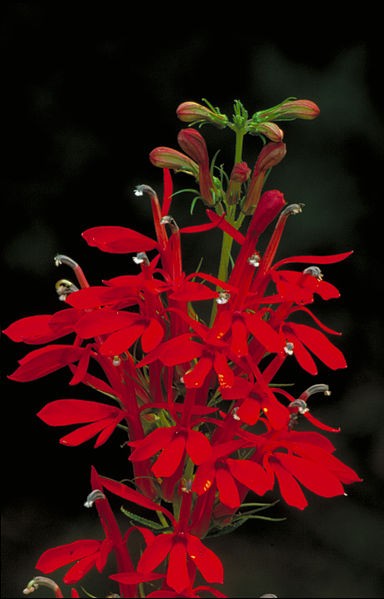
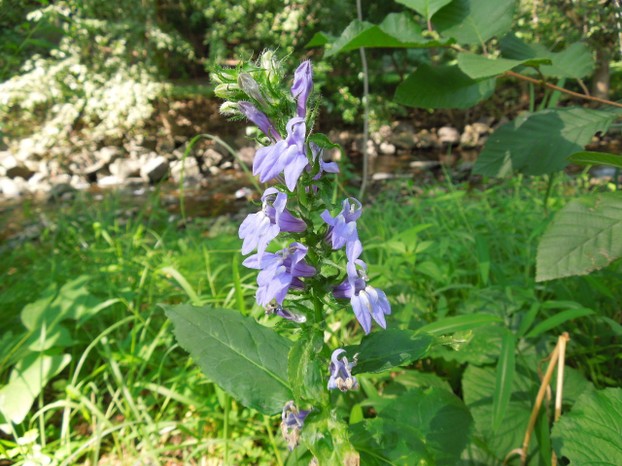
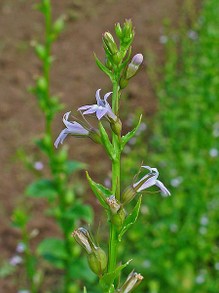
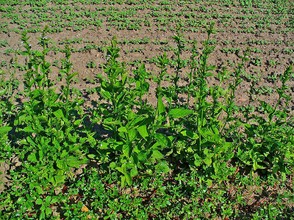
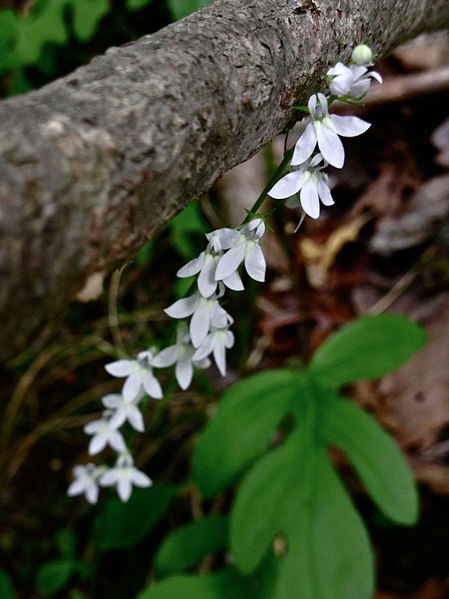
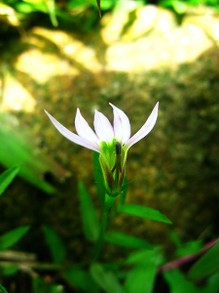



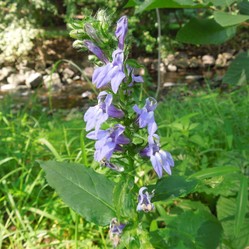

 The Shaming of Femininity and Elevation of Masculinityon 07/13/2017
The Shaming of Femininity and Elevation of Masculinityon 07/13/2017
 What is Genderqueer or Non-Binary Gender?on 10/16/2015
What is Genderqueer or Non-Binary Gender?on 10/16/2015
 Resources for Learning Spanish Free Onlineon 04/13/2016
Resources for Learning Spanish Free Onlineon 04/13/2016
 Ways Native Plants Can Help Control Invasive Plantson 05/26/2016
Ways Native Plants Can Help Control Invasive Plantson 05/26/2016
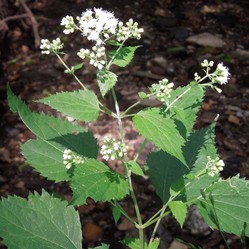
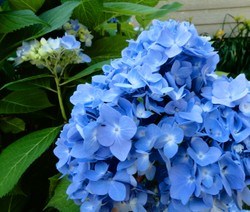
Questions? Comments? Feedback?